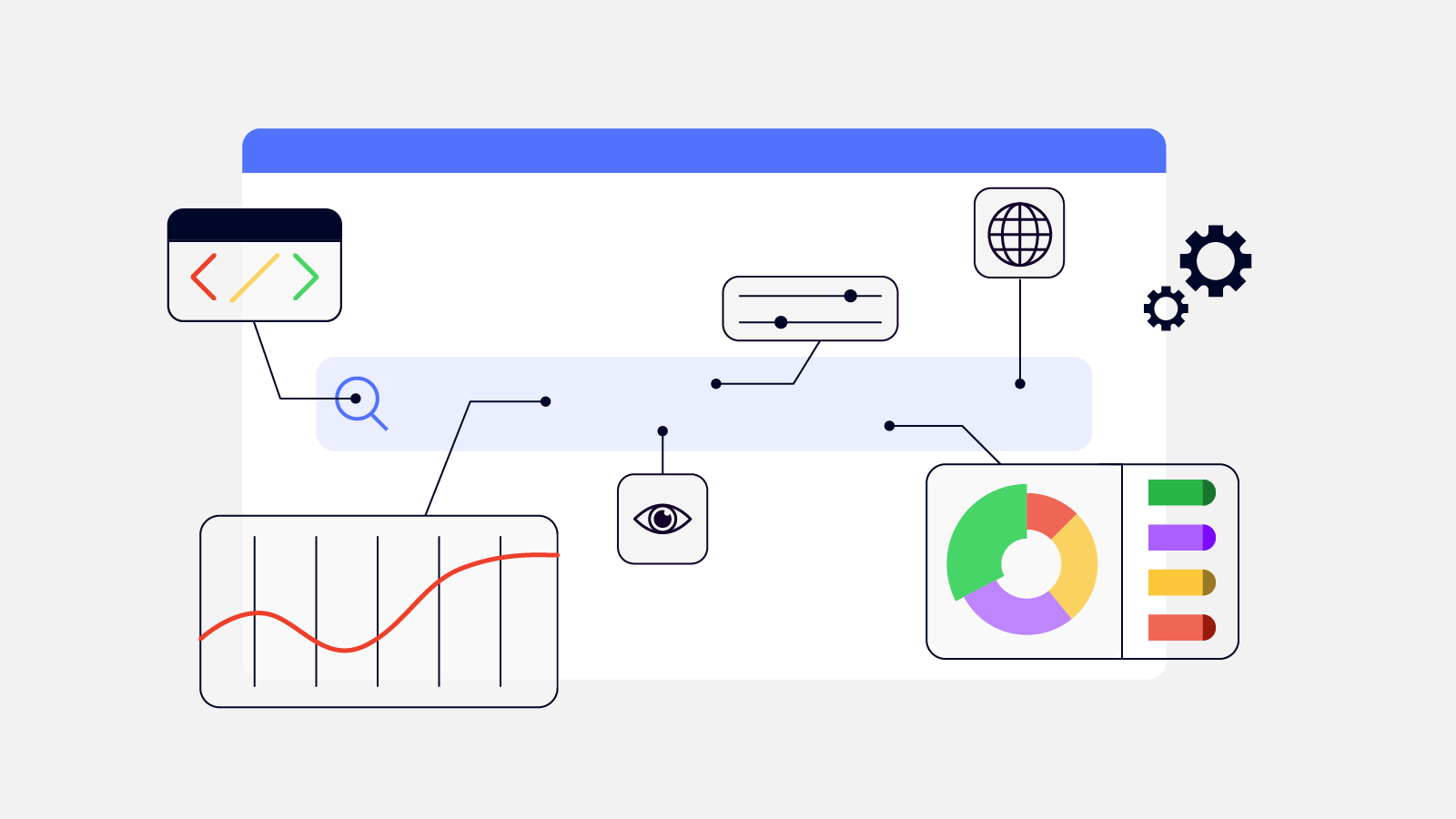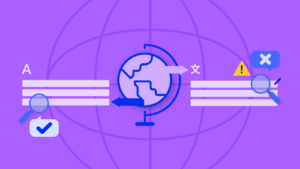Search Engine Optimisation is the optimisation of your website content to improve its ranking on search engine results pages (SERP). The goal is to make your website relevant to search engines like Google and Bing, so that it ranks higher for keywords related to your content.
If your website is available in multiple languages, you must take into consideration multilingual SEO to improve your website’s searchability in those languages your website is available in.
How Multilingual SEO works
In Search Engine Optimization (SEO), keywords are used by people on search engines to get information on particular topics. For example, the keyword in the statement “how to water desert plants” is desert plants or water desert plants. When these are used on the internet, several pages with similar words pop up on the search page in the order of accuracy. The same case applies to non-English keywords.
By default, most internet users will go through the content on the first few pages that appear on the search results page. If your website happens to be one of these, chances are that the user will click onto your website if the content is what they are looking for.
In a case where a website operates in more than one language, you’ll need to ensure that your content is hitting the right native keywords in the different languages, so that your website can appear on the first SERP as much as possible,
Importance of Multilingual SEO
You may ask, why do I need to have a multilingual website that can rank higher on Google? Of what good is multilingual SEO to my website? To answer you, here is a list of all the benefits that come with multilingual SEO.
Increased Searchability
The first sign of a well-strategized multilingual website is if it appears as the first page on the search engine. This means that your keywords used on your website are what users search for when looking for related content.
When you optimise your website’s content in different languages, and not just English, this means that non-English speakers can also easily find your content. This helps you to reach out to more users, especially if you’re planning to target non-English speaking audiences.
Increased Sales
Once a user clicks on your page, they expect to find relevant content similar to what they are looking for. Having a multi-lingual website means that even non-English speakers can find your website and learn about your products and services. This increases your prospect base by a large scale.
Improved brand image
The more your website pops up on the first page of the search results the more it sticks to the user; regardless of whether they click on your website. With time, your brand is the first thing they think of when looking for products/services in your niche.
Who Needs to Have a Multilingual Website?
Businesses in cosmopolitan countries
A place like the US has been host to people from different parts of the world who are in search of better life opportunities. A better percentage of these people; other than the natives, do not speak English as their first language. Making your website accessible in more than one language makes it easy for the said group to navigate and interact with your content.
If you provide goods and services to more than one country
The fact that your products have gained international interest means that it can do much better with a translated website. Using your audience’s native language on your web pages allows for ease of navigation.
All e-commerce Companies
Other than ads, almost all online businesses need a multilingual website, especially if your brand is well-known and established around the globe. Even well-established brands like Coca-Cola still operate with multilingual websites. Other than increasing your searchability and traffic, a multilingual website also shows that you are well represented as a global brand.
Multilingual SEO best practice
Now that you understand why a multilingual website is important for your business, how then do you increase searchability? Below are a few tips that have been used by a number of multilingual websites for search optimization.
1. Research your target audience
A business is created to meet a need/gap in the existing market. A research into your target audience will help you understand what they need, and are probably searching for, and whether they will like your products or not. These, together with other SEO best practices, will help you come up with an effective multilingual website.
2. Identify and use Location-specific keywords
An optimized website is one that uses the words likely to be keyed in by the internet user while looking up content on the internet. Keywords vary from country to country, and even the same language speakers may not use the same words to search for a product on the internet. This is especially true for UK and US English.
So how will you know the keywords to use for a given locality? Conduct keyword research. In fact, this has already been simplified by keyword research tools such as semrush, Google Trends, and ChatGPT. These can help you to identify phrases likely to be used by people to search for your products and services.
Another way to identify keywords is to search your competitors online and identify the keywords they are using to rank on the first page of the search engine. However, it is advisable to avoid overcrowded keywords because several websites with the same keywords may rank before your website. In fact, long-tail keywords are the most advised to enable you to stand out amongst competitors.
3. Use multilingual sitemaps
These are simply URLs with each targeting a different locality based on all the languages used on the website. Use hreflang tags to help search engines such as Google distinguish the language of your web page.
It is not advisable to use translation plugins to translate the same page for all the languages used on the website. Instead have all the different language pages operating with their own hreflang tags for ease of identification.
这 hreflang tags enable search engines to provide the accurate version of your web page to users in all the available languages.
Suppose you have a webpage that operates in UK English, France, and Mexico, the hreflang tags are likely to appear as below on any search engine.
United Kingdom: <link rel=”alternate” href=”https://www.website.com/es” hreflang=”es-uk” />
France: <link rel=”alternate” href=”https://www.website.com/es” hreflang=”es-fr” />
Mexico: <link rel=”alternate” href=”https://www.website.com/es” hreflang=”es-mx” />
4. Personalize Content based on search intent
People use the internet for various reasons. To get information, to buy products, to get product reviews, etc. As you optimize your website, plan your content around these. When a user clicks on your website ensure that you have at least a section that talks about their queries specifically. This has worked well in the blogs sections and most users can easily move from the blogs to product sections with the help of backlinks.






